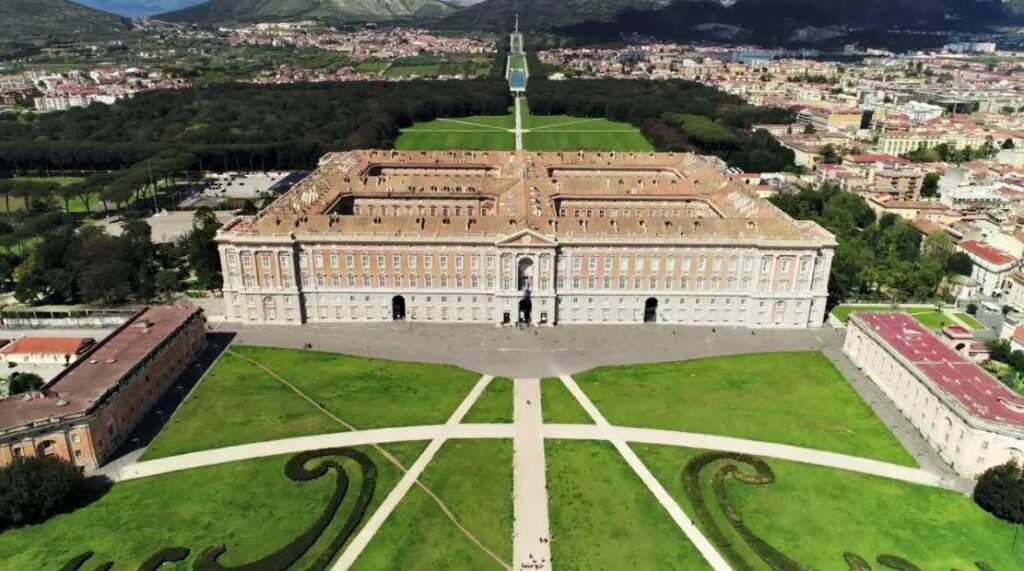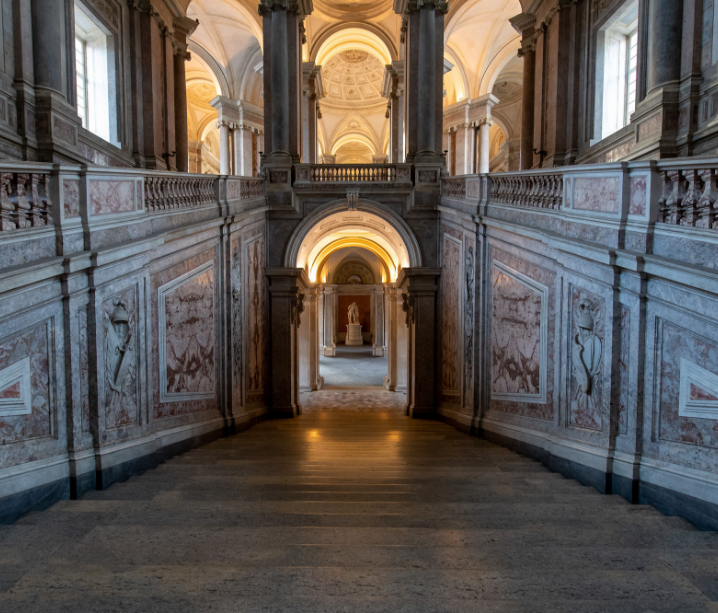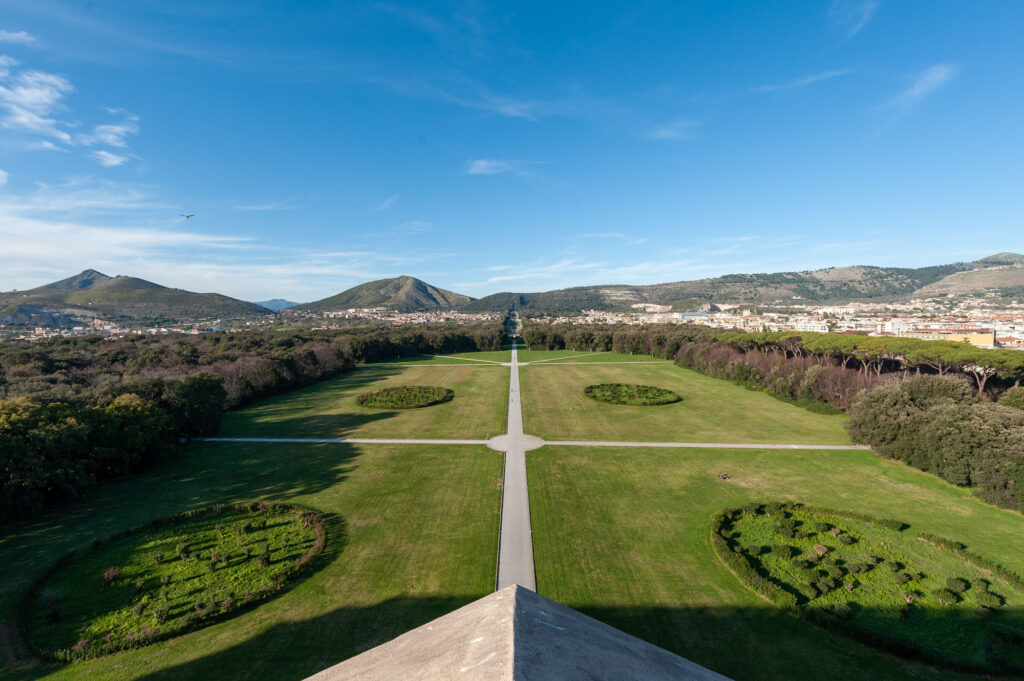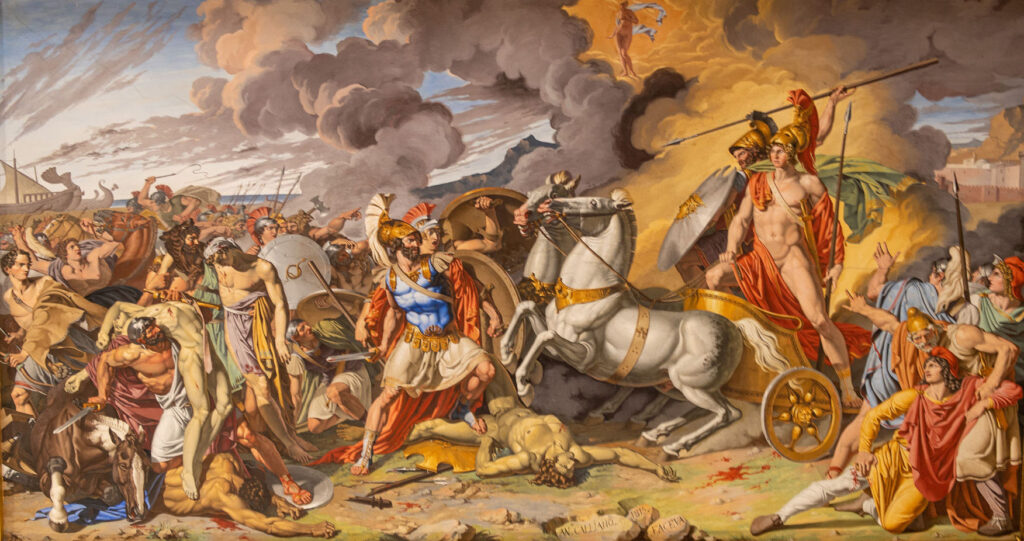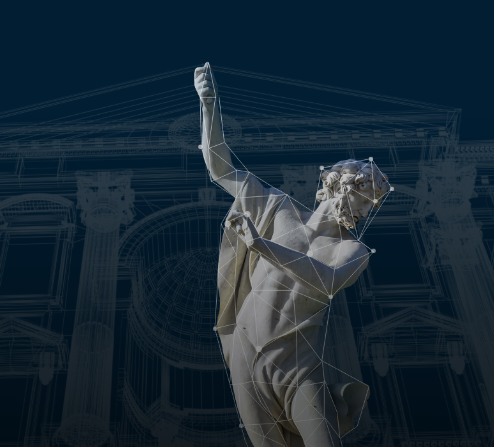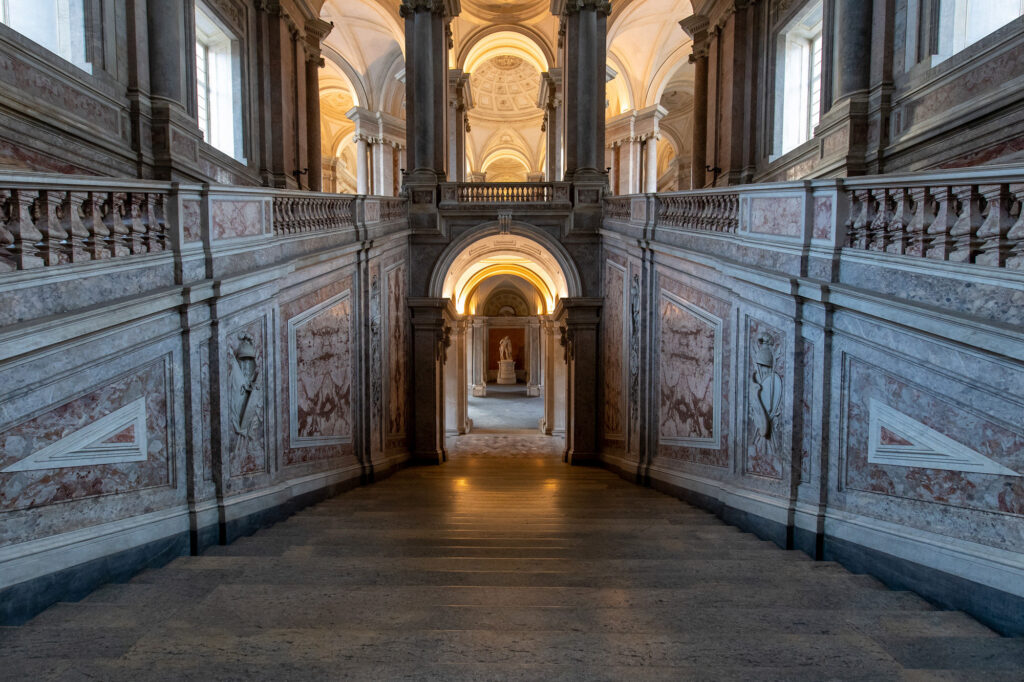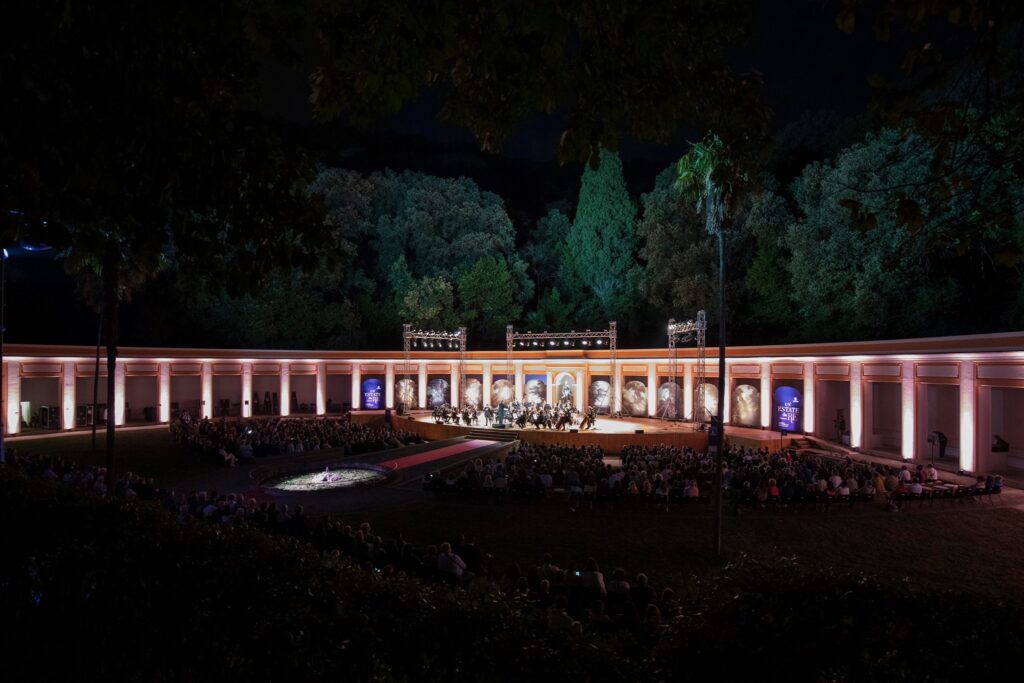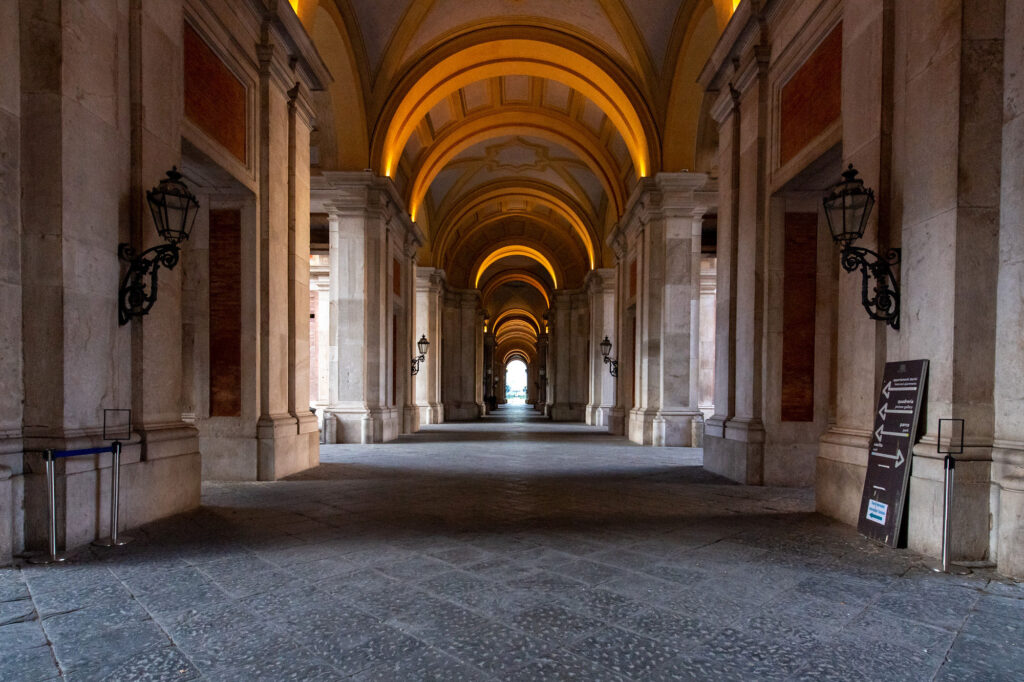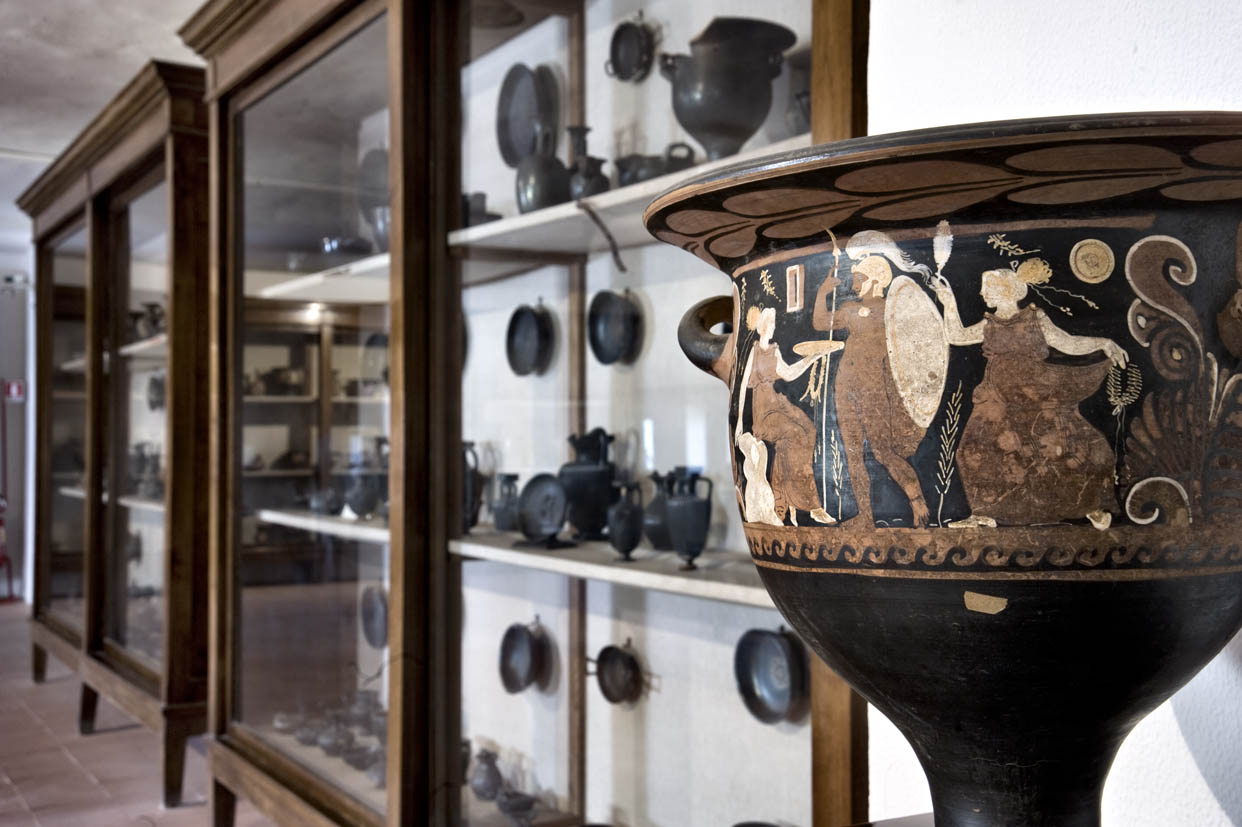The museum of the area
The Campanian Museum was born in the city of Capua, one of the major centers of the Terra di Lavoro. Its establishment takes place after 1874, after it was declared the need to protect the numerous historical-artistic and archaeological heritage of the area. The choice for the location of the museum falls on Palazzo Antignano, one of the Renaissance buildings in the city of Capua. Given the museum’s character, its collection stands out for the variety and quantity of works included. In 1933 the collection was ordered by the archaeologist Amedeo Maiuri, who defines it as “the most significant example of the Italic civilization in Campania”. In 1943 the museum was damaged by air raids, but the collections remained unscathed thanks to a preventive rescue. The museum today consists of 5 sections divided into 40 exhibition rooms, 3 courtyards and a garden. The Matres Matutae particularly stand out from the collection, ex-voto statues referable to the 2nd-1st century BC.
 Find out more
Find out more
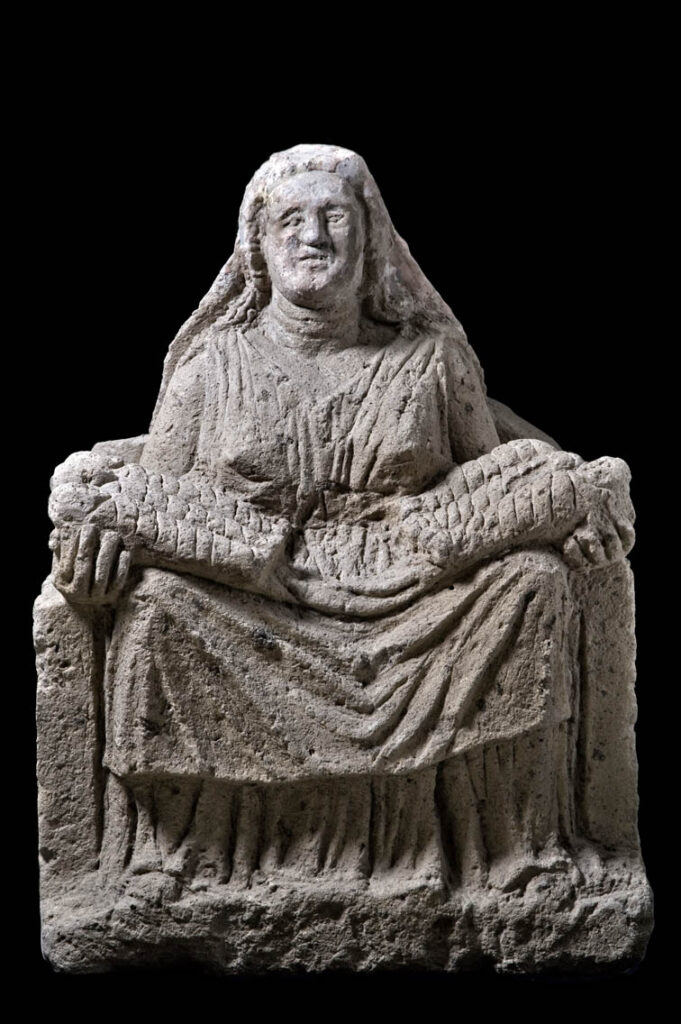
The “Mothers” of the Campanian Museum
The rare collection of the “Mothers” of the Campanian Museum counts more than 200 specimens. The statues are made of gray tuff from Mount Tifata and represent female figures with one or more children in their arms. The Matres Matutae were gifts for the tutelary goddess of the temple located outside the eastern section of the walls of Ancient Capua, a building identified by excavations conducted since 1985.



The Mommsen Lapidarium
The epigraphic collection of the Campanian Museum is noteworthy. The so-called “Mommsen Lapidarium” is the most conspicuous and relevant epigraphic collection in Campania, only second to the one preserved at the National Archaeological Museum of Naples. The name of the collection is a dedication to the archaeologist and philologist Teodoro Mommsen who highlighted the historical and documentary importance of the collection.



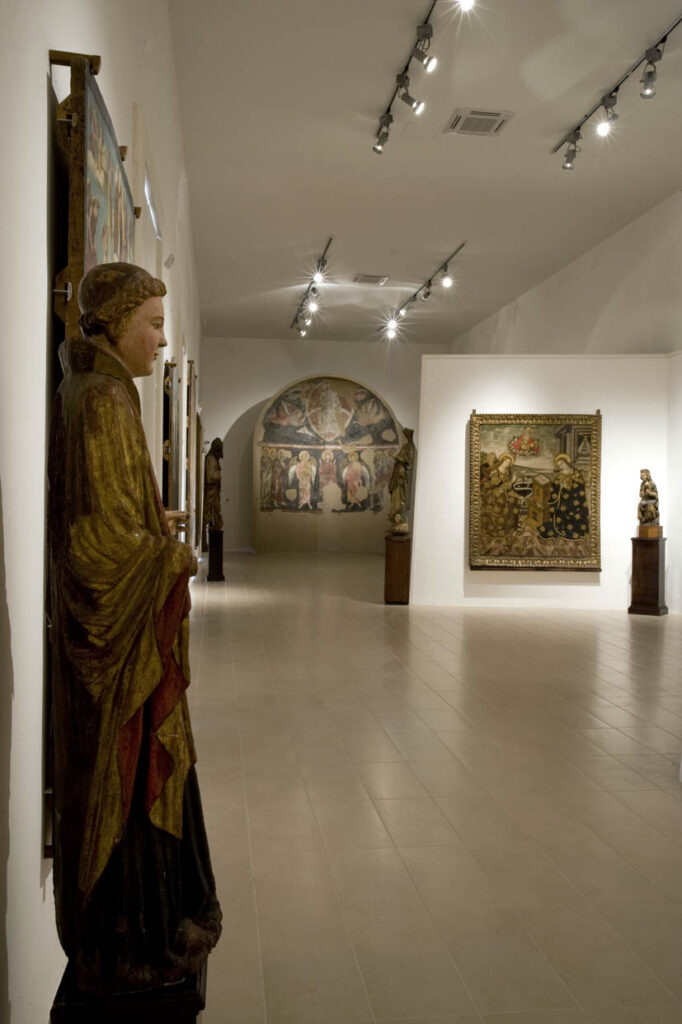
The Paintings of the Bourbons
The museum has a collection of paintings depicting the Bourbon family. Among these are the portraits of Charles III and his wife Maria Amalia dated between 1758 and 1760, attributed to the painter Francesco Liani, obtained from the Retreat of San Gabriele; the painting representing the royal family of Ferdinand IV and Maria Carolina, attributed to Angelika Kauffmann; the portrait of Francis I of Bourbon, attributed to Giuseppe Cammarano.



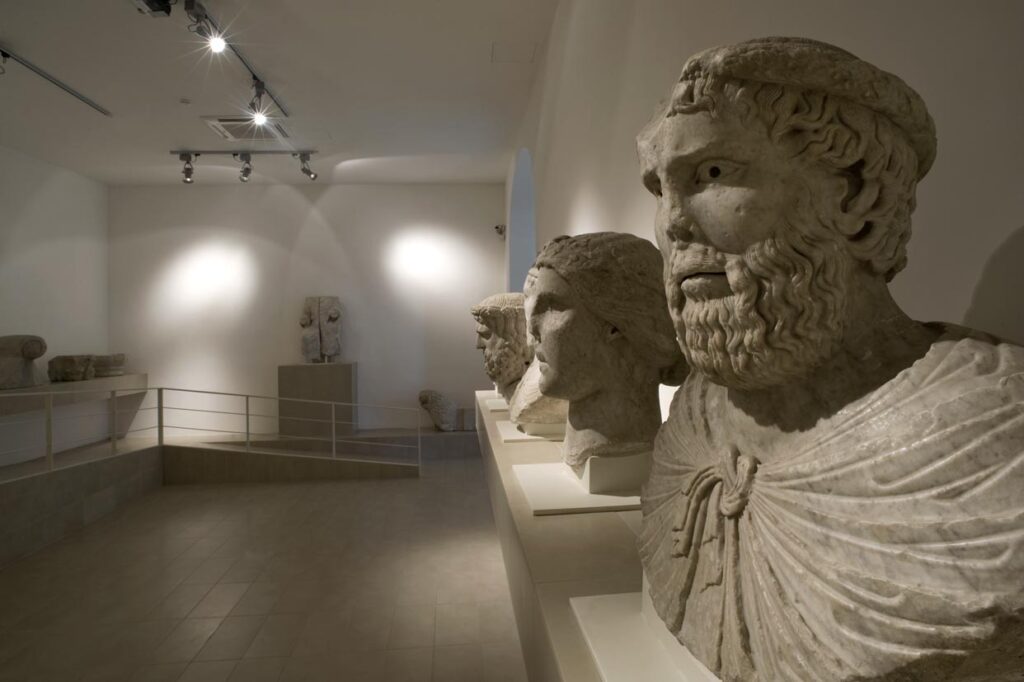
The Decorations on the “Porta Di Capua”
Particularly noteworthy are some architectural and decorative elements from the “Porta di Capua”, the monumental gateway to the city located at the entrance to the bridge that allows you to this day to cross the river Volturno, The Gate, commissioned by Frederick II between 1234 and 1239, is one of the most important works of this kind.







